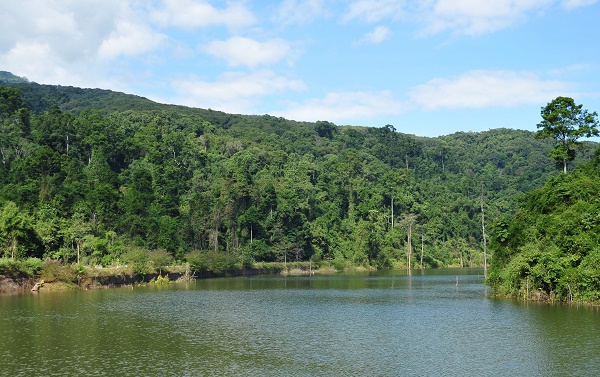They proposed a research approach to explore the four major processes that influence community assembly by analyzing distance-similarity patterns (DPS). Specifically, they investigated DPS of tree and soil fungal communities in three approximately 20-ha forest plots covering climates from tropical to temperate in Yunnan Province, China.
Two models (a drift-inexplicit ordination model without considering the effect of drift and a drift-explicit baseline model with consideration of the effect of drift) were used to decipher the contribution of individual-based random sampling, selection and/or dispersal to community assembly.
Using these two models, it was found that most soil fungi had shorter realized distribution ranges (RDR) than most trees. Because drift was explicitly incorporated into the selection baseline model and the distance pattern of similarity (DPS) spanned wider ranges than RDR for most trees and fungi, these models were able to capture the DPS structure of trees and fungi at different spatial scales, as well as the fungal DPS structure across taxonomic levels and fungal guilds in tropical, subtropical, and subalpine forest ecosystems.
It was assumed that the model framework, ecosystems, spatial scales, sample intensity, selection variables and dispersal variables are well unified, leading to the conclusion that the ubiquity of selection did not reveal any fundamental differences in assembly mechanisms between trees and soil fungi.
"Our study suggests that selection processes play a dominant role in shaping coexisting assemblages of tree and soil fungal communities, and this process is similar for both organisms,” said HU Yuehua of XTBG.
Contact
HU Yuehua Ph.D
Key Laboratory of Tropical Forest Ecology, Xishuangbanna Tropical Botanical Garden, Chinese Academy of Sciences, Mengla, Yunnan 666303, China
E-mail: huyuehua@xtbg.org.cn
Published: 1 July 2024

The Bubeng (BB) 20-ha tropical rainforest plot in Xishuangbanna. (Image by XTBG)

